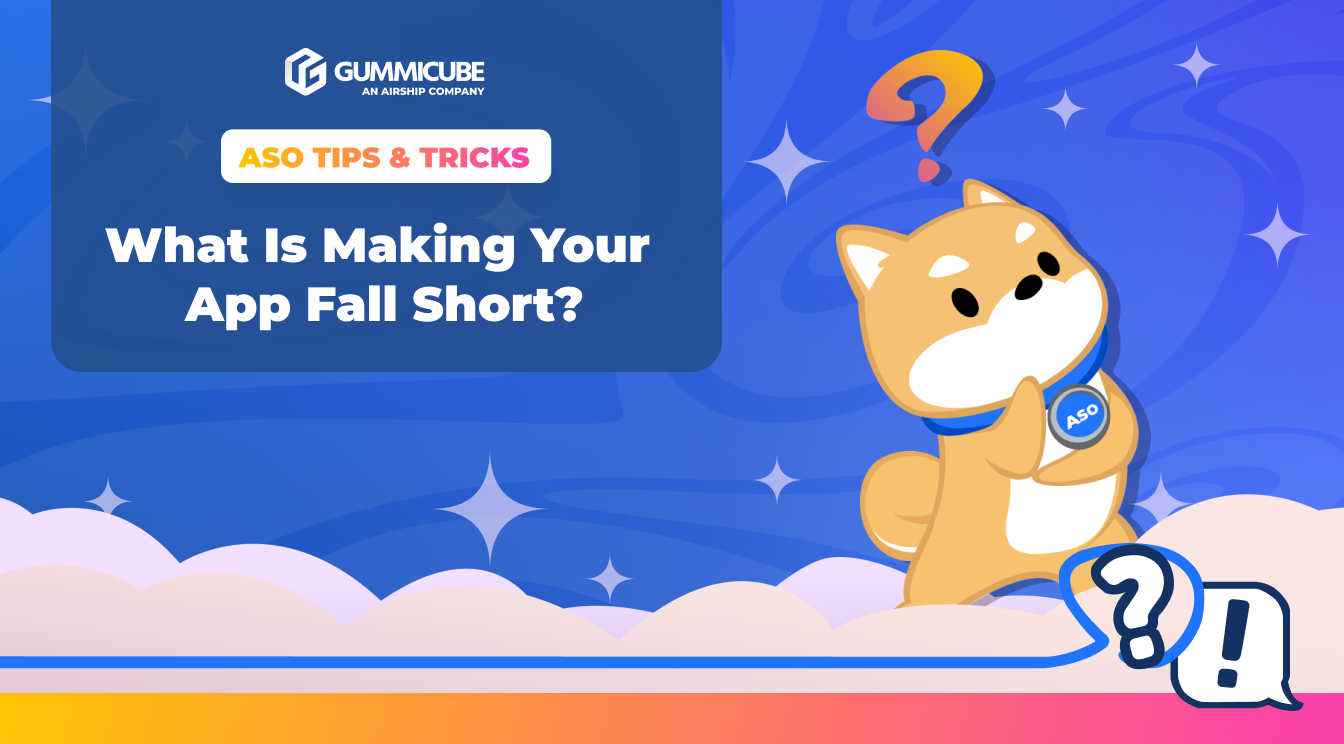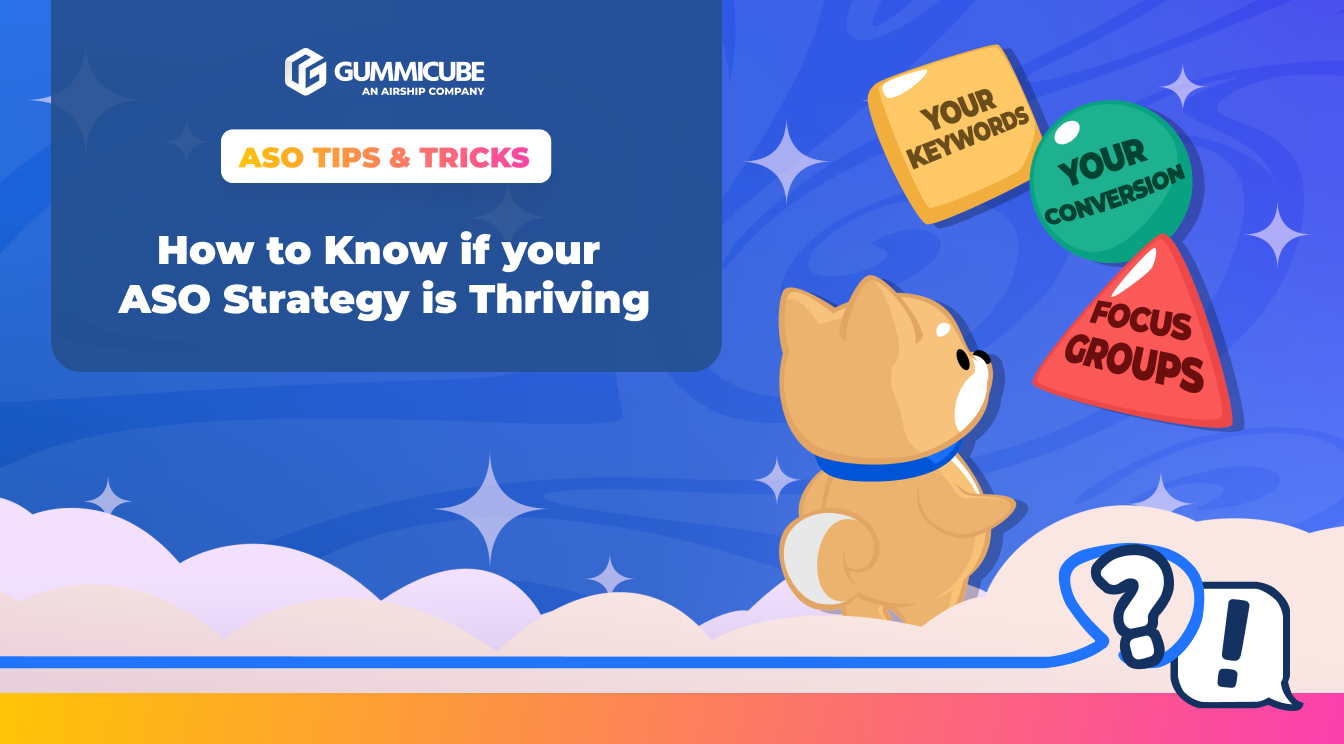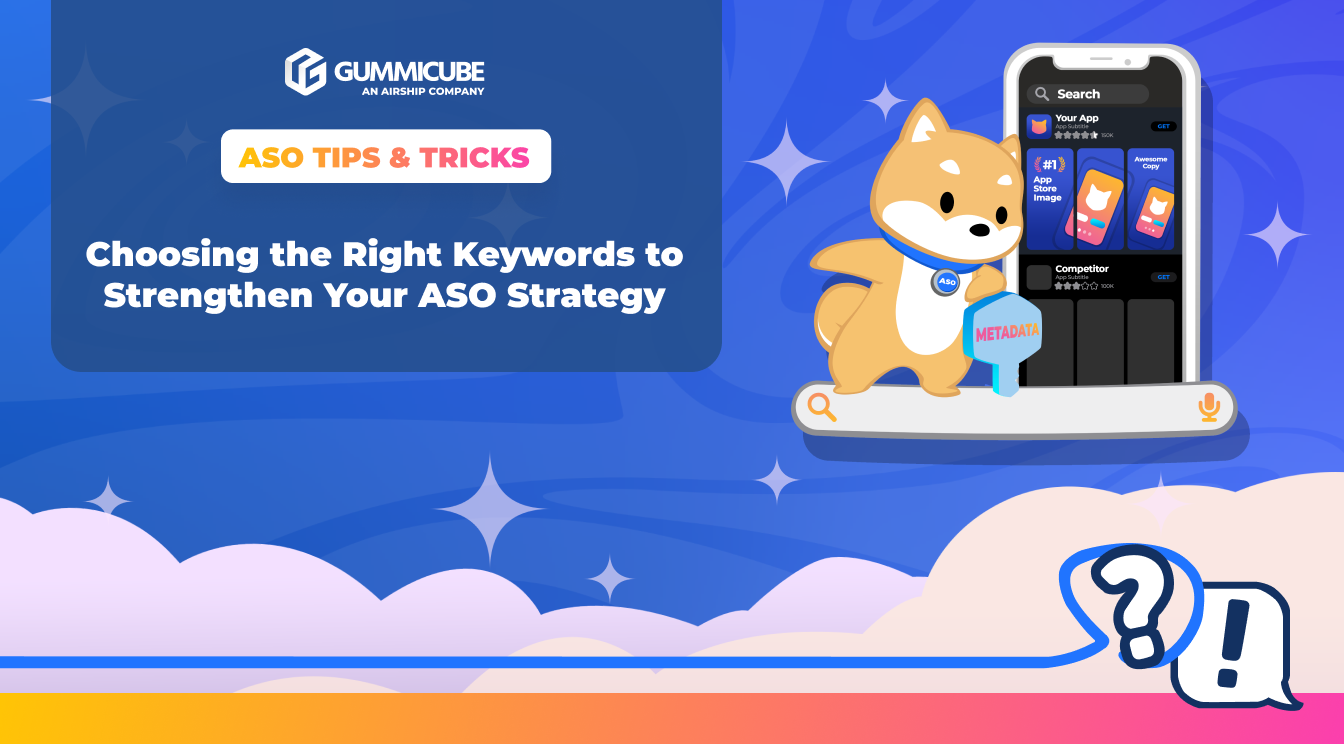
What Is Making Your App Fall Short?
Posted on November 26th, 2025
App seasonality is one of the most powerful and most overlooked opportunities in ASO. Ignoring it means missing moments when users are searching most actively.

App promotion has become more competitive than ever, and developers are constantly searching for reliable ways to reach new audiences. One of the strongest tools available today is Google Ads App Campaigns, a platform designed to help apps gain visibility across Google’s massive ecosystem. By leveraging this tool strategically, app developers can connect with users where they already spend time, from search to YouTube to Google Play.
Understanding how Google Ads App Campaigns work and how they interact with App Store Optimization (ASO) is essential for creating opportunities for more growth. While paid marketing can drive installs, it is only part of the bigger picture. Success requires combining campaigns with optimized app metadata, creative assets, and ongoing performance analysis.
Google Ads App Campaign is a specialized campaign type designed to promote mobile apps across Google’s network. Unlike traditional Google Ads, where advertisers build campaigns around keyword targeting, App Campaigns use machine learning to automate placements and bidding strategies.
With App Campaigns, Google pulls creative assets from your app listing and ad library, then serves ads across:
This automation allows developers to scale campaigns quickly, but it also means performance is heavily dependent on the quality of the app store listing and the creative assets provided.
For developers who are balancing multiple priorities, Google Ads App Campaigns provide a set of unique benefits that make them both powerful and efficient.
These benefits allow developers to spend less time on manual ad management and more time on strategy and growth.
Depending on your app goals, Google provides three different types of App Campaigns. Each serves a distinct purpose and can be used at different stages of the app lifecycle.
Choosing the right campaign type depends on your growth objectives. Install campaigns are best for user acquisition, engagement campaigns support retention, and pre-registration campaigns drive anticipation before launch.
At the core of App Campaigns is automation. Developers provide a set of inputs, and Google’s algorithms handle the rest. Advertisers supply:
From there, Google dynamically assembles and serves ads across its platforms. The system tests combinations of creative elements and optimizes over time to favor the highest-performing variations.
This structure removes the need for detailed manual campaign setup but shifts responsibility to the developer in two key areas: ensuring high-quality creative assets and maintaining a well-optimized app store presence.
Before creating an App Campaign, developers need to meet a few basic requirements. These steps ensure campaigns can run effectively and link properly to the app store.
These requirements are simple, but they form the foundation for campaign success. Without strong assets and accurate information, automation can have limited potential to deliver results.
Running a successful campaign requires more than just setting a budget. Developers need a clear strategy that integrates with ASO priorities. Some best practices include:
Creative assets are at the center of Google Ads App Campaign success. Because Google assembles ads dynamically, developers should supply as many high-quality variations as possible.
Effective creative assets share several traits:
Strong creatives not only improve ad performance but also reinforce the credibility of the app listing, helping increase conversion rates once users arrive at the store page.
The most effective app growth strategies recognize that paid and organic are not separate silos. Instead, they are two parts of the same ecosystem. Advertising drives visibility and traffic, while ASO ensures that traffic converts and continues to grow organically.
When used together, these strategies help developers:
This alignment turns a Google Ads App Campaign into a growth tool rather than a standalone tactic.
Google Ads App Campaign offers developers a powerful way to promote their apps across Google’s vast ecosystem. Its automation and reach can drive significant growth, but its effectiveness depends heavily on preparation. Without optimized store listings, strong creative assets, and clear goals, campaigns risk falling short.
The connection between paid advertising and ASO cannot be ignored. Campaigns can fuel visibility, but ASO ensures conversion and sustainability. Developers who align these strategies position themselves for stronger acquisition, better retention, and long-term success in a competitive market.
Are you ready to strengthen your app’s growth strategy? Gummicube’s ASO services can help elevate your app marketing efforts to set your app up for lasting results. Reach out today to start the conversation about how ASO and paid Google Ads App campaigns can work together to promote your app for the better.

App seasonality is one of the most powerful and most overlooked opportunities in ASO. Ignoring it means missing moments when users are searching most actively.

ASO measurement is defined by the alignment and progress across all KPIs that influence visibility, relevance, and user engagement. Read more now!

A successful keyword strategy requires regular evaluation & strategy. Read more to see how choosing the right app keywords can transform your app listing!